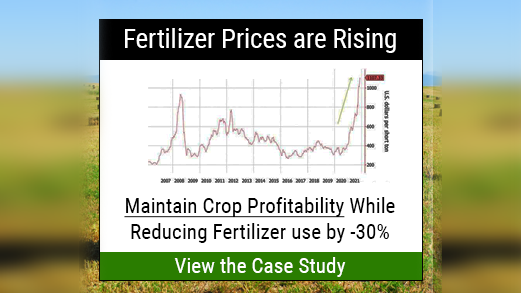Ag Robots And Drones May Be A $10 Billion Market By 2022
Robots and drones have begun to quietly transform many aspects of agriculture. In fact, the IDTechEx Research report on Agricultural Robots and Drones 2016-2026: Technologies, Markets, and Players finds that this is already a $3 billion market in 2016, growing to $10 billion by as early as 2022
The report analyzes how the robotic market and technology developments will change the business of agriculture, enabling ultra-precision farming and helping address the key global challenges. It develops a detailed roadmap of how robotic technology will enter into different aspects of agriculture, how it will change the way farming is done and transform its value chain, how it becomes the future of agrochemicals business, and how it will modify the way we design agricultural machinery.
The report provides segmented 10-year market forecasts for several categories of agricultural robots and drones. Here are some of the highlights.
Autonomous tractors: Tractor guidance and autosteer technologies are also going mainstream thanks to improvements and cost reductions in RTK GPS technology. More than 300,000 tractors equipped with autosteer or tractor guidance will be sold in 2016, rising to more than 660,000 units per year by 2026. Unmanned autonomous tractors have also been technologically demonstrated with large-scale market introduction largely delayed not by technical issues but by regulation, high sensor costs, and the lack of farmers’ trust.
Agricultural drones: Unmanned remote-controlled helicopters have been spraying rice fields in Japan since the early 1990s. Autonomous drones have also been providing detailed aerial maps of farms, enabling farmers to take data-driven site-specific action. This development will soon enter its boom years as regulatory barriers lower and the precision farming ecosystems finally comes together. In time, the drone hardware will become commoditized and value will shift largely to data acquisition and analytics providers. Agriculture will be a major market for drones, reaching $485 million in 2026.
Robotic weeding implements: Vision-enabled robotic implements have been in commercial use for some years in organic farming. These implements follow the crop rows, identify the weeds, and aid with mechanical hoeing. The next generation of these advanced robotic implements is also in its early phase of commercial deployment. It will be using large troves of data to train its algorithms using deep learning techniques. This will become a $380 million market by 2026.
Unmanned autonomous robotic weeders and data scouts: Vision-enabled and intelligence robots are increasingly reaching navigational autonomy. These small, slow, and light robots will be autonomously roaming farms, analyzing plants, and taking specific actions, such as eliminating a weed. Already, numerous companies and groups have developed and deployed a variety of weeding robots.
Most products are in prototype or semi-commercial trail phase. The first notable sales have also taken place aimed at small multi-crop vegetable farmers. This will become $300 million market by 2026.
Fresh fruit harvesting: Despite non-fresh fruit harvesting being largely mechanized, fresh fruit picking has remained mostly out of the reach of machines or robots. Progress here has been hampered by the stringent technical requirements together with the lack of CAD models and the fragmented nature of the market putting off investment. This is, however, beginning to change, albeit slowly.
A limited number of fresh strawberry harvesters are already being commercially trialed while fresh apple and citrus harvesters also have reached the level of late stage prototyping. Market adoption will start from 2021 onwards, reaching $230 million by 2026.











